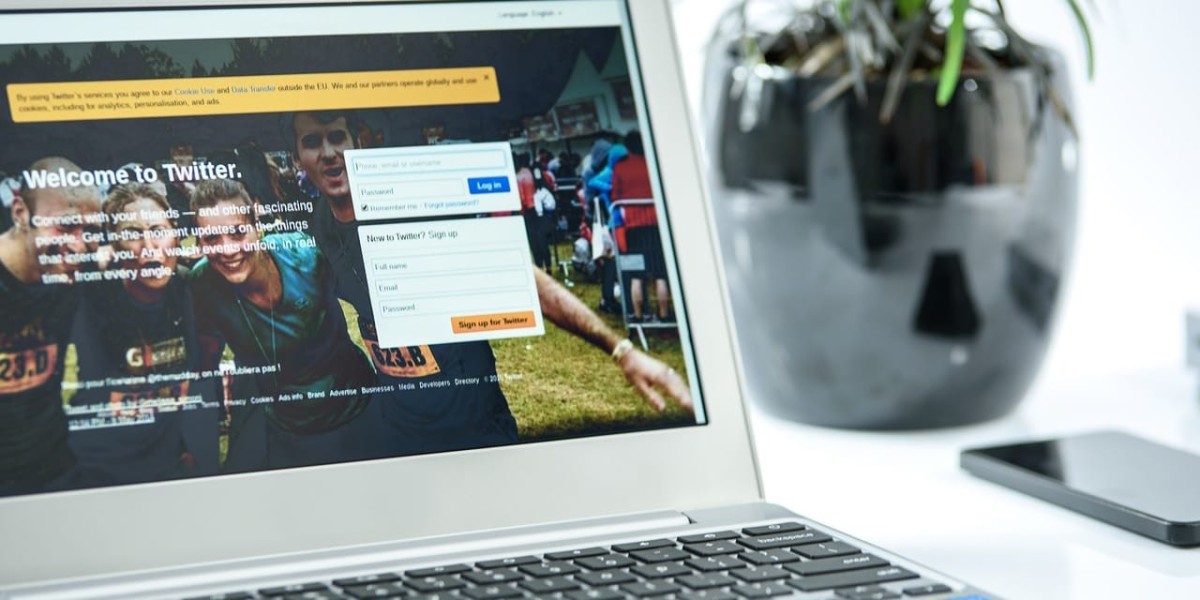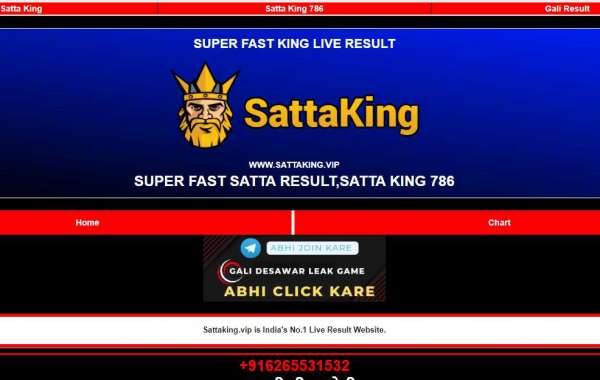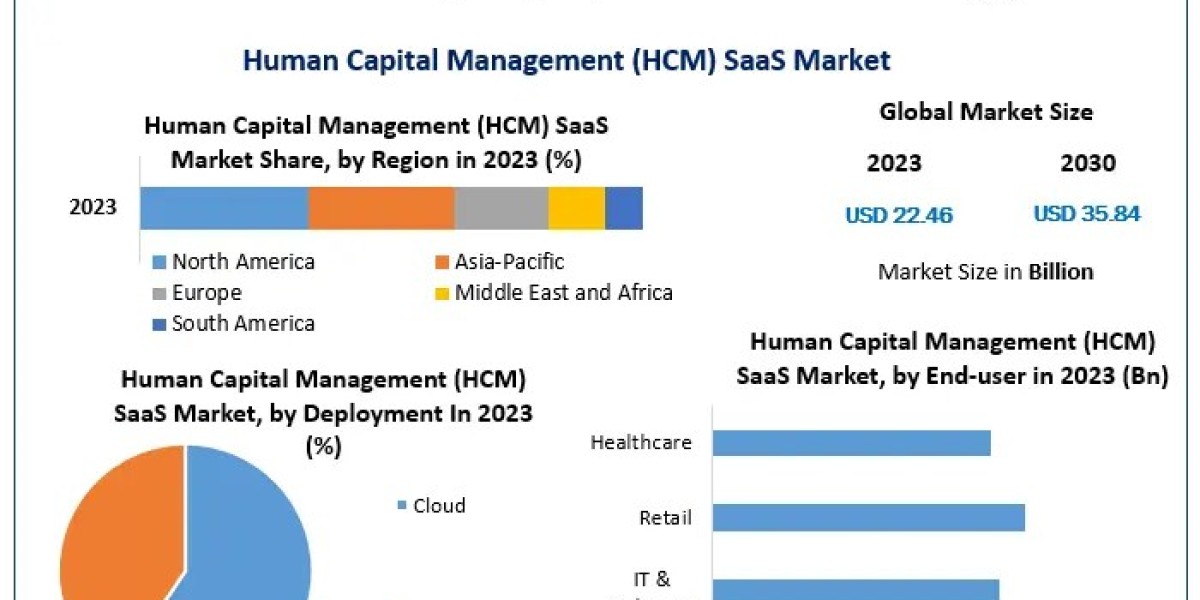In the dynamic world of digital design, user experience (UX) plays a crucial role in determining how users interact with websites and applications. One of the key factors influencing UX is color psychology, which affects emotions, behaviors, and perceptions. In Dubai, where cultural diversity and a thriving digital market demand innovative design solutions, the strategic use of colors can significantly impact user engagement and conversion rates.
Understanding Color Psychology in UX Design
Color psychology studies how different hues influence human emotions and decision-making. Designers leverage this knowledge to craft visually appealing and emotionally resonant digital experiences. Colors can evoke feelings of trust, excitement, relaxation, or urgency, thereby shaping users’ interactions with a website or app.
For instance, blue is often associated with trust and professionalism, making it a popular choice for corporate websites. On the other hand, red signifies urgency and excitement, commonly used in call-to-action buttons to drive conversions.
Cultural Influence on Color Perception in Dubai
Dubai is a melting pot of cultures, hosting residents and businesses from across the globe. This diversity necessitates a deep understanding of how different cultures perceive colors. While Western cultures may associate white with purity, some Middle Eastern traditions connect it with mourning. Similarly, green holds religious significance in Islamic culture and is often linked to prosperity and peace.
For businesses in Dubai, selecting the right color palette for UX design requires a balance between global trends and local cultural preferences. A web design company in Dubai must consider these cultural nuances to create designs that resonate with the target audience.
Impact of Colors on User Engagement
User engagement is a critical metric for measuring a website’s effectiveness. Colors play a direct role in guiding users’ attention and influencing their behavior. Bright and warm colors, such as orange and yellow, can create a sense of excitement and friendliness, making them ideal for entertainment and e-commerce websites.
Conversely, cool tones like blue and purple offer a calming effect, making them suitable for financial institutions and wellness platforms. A carefully crafted color scheme can enhance readability, improve navigation, and make the user experience seamless.
Color Psychology in Call-to-Action (CTA) Elements
Call-to-action (CTA) buttons are essential in UX design as they guide users toward desired actions, such as signing up, purchasing, or subscribing. Colors used in CTAs must stand out while complementing the overall design.
Red and Orange: Create urgency and encourage immediate action.
Green: Symbolizes success and positive reinforcement.
Blue: Builds trust and reliability.
Yellow: Attracts attention but should be used in moderation.
By strategically integrating these colors, businesses can improve their conversion rates. A best website design company in Dubai understands the science behind CTA colors and implements them effectively to drive engagement.
Dark Mode vs. Light Mode: Which Works Better?
The rise of dark mode in UX design has sparked discussions about its benefits. Dark backgrounds with contrasting text reduce eye strain, conserve battery life on OLED screens, and provide a modern aesthetic. On the other hand, light mode offers a clean and traditional interface that many users prefer.
The choice between dark and light mode depends on the brand identity and audience preferences. For example, luxury brands in Dubai often opt for dark-themed designs to evoke exclusivity and sophistication, while corporate websites favor light backgrounds for better readability.
Emotional Triggers Through Colors
Different colors trigger specific emotions that impact user behavior. Here’s a breakdown of common emotional responses associated with colors:
Red: Passion, urgency, excitement (used in sales and promotions)
Blue: Trust, security, reliability (ideal for corporate and financial services)
Green: Growth, harmony, health (commonly used in environmental and wellness brands)
Yellow: Optimism, creativity, warmth (popular for food and lifestyle industries)
Black: Elegance, power, luxury (preferred by high-end brands)
Businesses in Dubai leverage these color associations to build brand identity and create memorable user experiences.
The Role of A/B Testing in Color Optimization
A/B testing is a valuable technique in UX design that helps determine which color combinations work best for user engagement. By testing different variations of buttons, backgrounds, and text colors, designers can gather data on user preferences and optimize their designs accordingly.
For instance, a fashion e-commerce store may test whether a red or green “Buy Now” button leads to higher conversions. Data-driven insights allow businesses to make informed decisions and enhance their UX strategies effectively.
Case Studies: Successful Implementation of Color Psychology in Dubai
Many businesses in Dubai have successfully utilized color psychology in their UX design to achieve remarkable results.
E-commerce Stores: A leading online retailer increased conversions by 20% after switching their CTA buttons from blue to red.
Financial Institutions: Banks using blue and white themes have reported improved user trust and engagement.
Luxury Brands: High-end fashion brands leveraging black and gold color schemes have reinforced their exclusivity and premium image.
These case studies highlight the significance of color selection in enhancing UX and achieving business goals.
Future Trends in Color Psychology and UX Design
As technology evolves, color trends in UX design continue to shift. Some emerging trends include:
Gradient Designs: Blending multiple colors for a modern and dynamic look.
Minimalist Palettes: Using neutral tones for a sleek and clean interface.
Personalized Themes: Allowing users to customize color settings based on preferences.
Dubai’s fast-paced digital landscape demands innovative design approaches, and staying updated with color psychology trends ensures a competitive edge.
Conclusion
Color psychology plays an integral role in UX design, influencing user behavior, engagement, and brand perception. In Dubai’s diverse and competitive digital market, understanding cultural preferences, emotional triggers, and strategic color applications is essential for creating impactful designs.
Partnering with a web design company in Dubai that specializes in color psychology can help businesses enhance their UX strategies and achieve better user satisfaction. Additionally, working with the best website design company in Dubai ensures that color choices align with business objectives, ultimately driving higher engagement and conversions.
By leveraging color psychology effectively, businesses in Dubai can create visually compelling and emotionally resonant digital experiences that leave a lasting impression on users.









